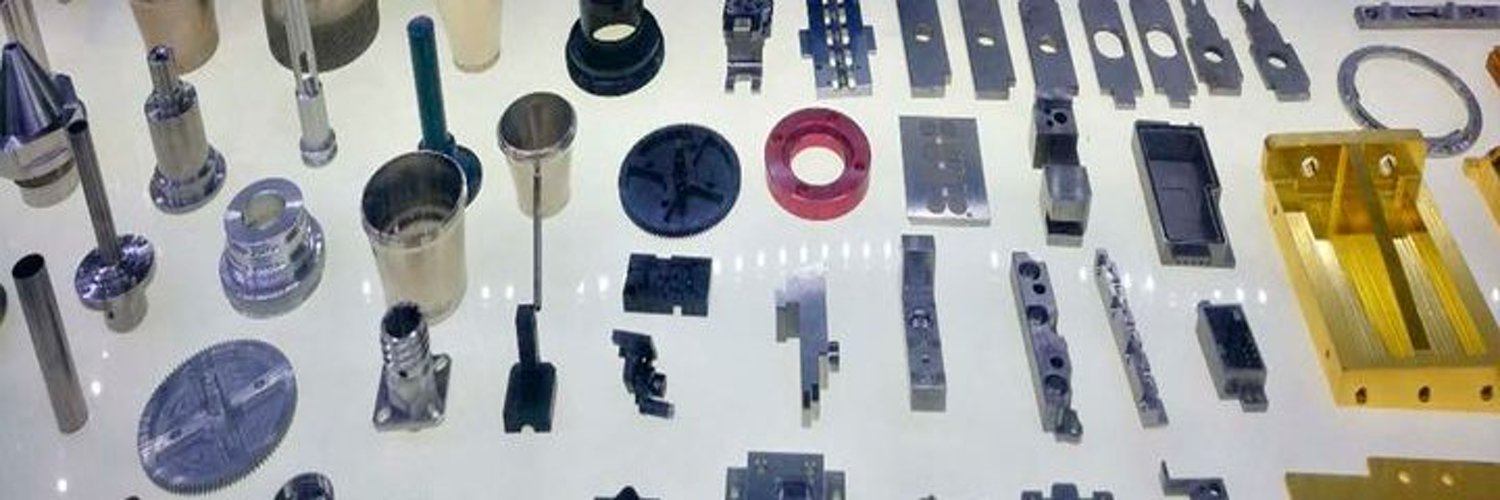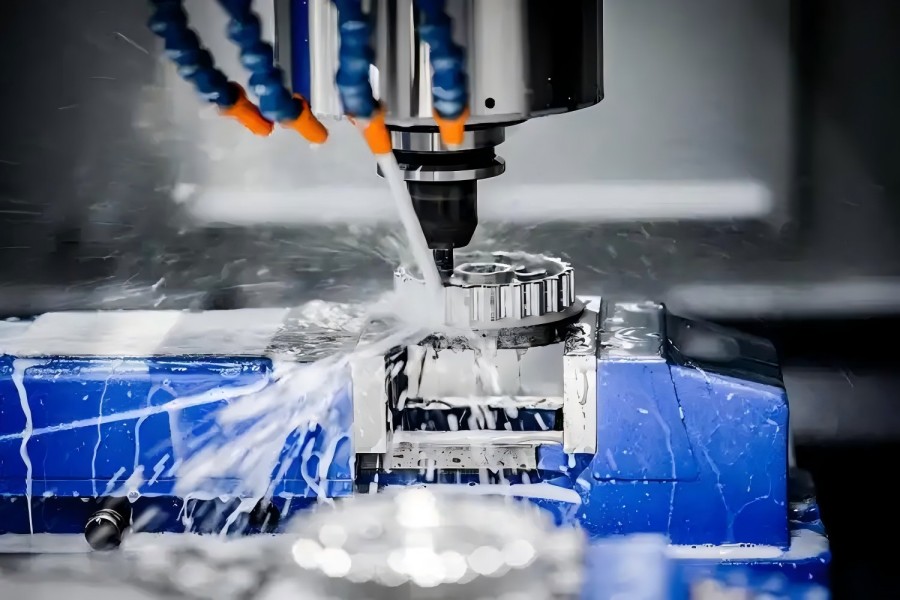News Categories
Contact Us
020-86988980
- Guangzhou Sinoth Import and Export Co., LTD
Tel: 020-8968-8980
Website:www.gzsynoth.com
Email: belinda@dginfa.com(24 hours online)
Phone: +86 189 2740 6786
Address: No 5, Jinshi Three Street, Shiling Town, Huadu District,Guangzhou City, Guangdong Province
News
Current Location:Home > News > News
The key differences between CNC machining and 3D printing
Add Time:2025-04-06
Here are the key differences between CNC machining and 3D printing :
3D Printing: Primarily uses plastics (PLA, ABS, resin), metals (via SLS/DMLS), ceramics, and some composites.
Third. Precision & Surface Finish
CNC: Higher precision (tolerances up to ±0.001 in) and smoother surface finishes; often requires minimal post-processing.
3D Printing : Lower precision (typical tolerance ±0.005 in) with visible layer lines; often requires sanding or coating for smooth finishes.
Fourth. Complexity & Design Freedom
CNC: Limited by tool access (e.g., hard to machine internal geometries or undercuts).
3D Printing : Excels at complex shapes (lattices, hollow structures) without additional cost.
Fifth. Speed & Production Volume
CNC: Faster for single parts or medium batches; ideal for mass production.
3D Printing : Slower per unit but better for prototyping or small batches (no tooling needed).
Sixth. Waste & Cost
CNC : Generates significant waste (chips, cuttings); higher material costs.
3D Printing : Minimal waste (only uses needed material); cheaper for small-scale production.
Seventh. Applications
CNC : Aerospace components, automotive parts, precision tools, and high-strength industrial parts.
3D Printing : Prototypes, medical implants, custom jewelry, and lightweight complex structures.
Would you like a more detailed explanation on any specific aspect?
First. Basic Principle
CNC Machining: A subtractive manufacturing process where material is removed from a solid block (e.g., metal, plastic) using cutting tools to achieve the desired shape.3D Printing: An additive manufacturing process where material is deposited layer by layer to build a part from a digital model.
Second. Materials
CNC: Works with metals (aluminum, steel, titanium), plastics (ABS, nylon), wood, and composites.3D Printing: Primarily uses plastics (PLA, ABS, resin), metals (via SLS/DMLS), ceramics, and some composites.
Third. Precision & Surface Finish
CNC: Higher precision (tolerances up to ±0.001 in) and smoother surface finishes; often requires minimal post-processing.
3D Printing : Lower precision (typical tolerance ±0.005 in) with visible layer lines; often requires sanding or coating for smooth finishes.
Fourth. Complexity & Design Freedom
CNC: Limited by tool access (e.g., hard to machine internal geometries or undercuts).
3D Printing : Excels at complex shapes (lattices, hollow structures) without additional cost.
Fifth. Speed & Production Volume
CNC: Faster for single parts or medium batches; ideal for mass production.
3D Printing : Slower per unit but better for prototyping or small batches (no tooling needed).
Sixth. Waste & Cost
CNC : Generates significant waste (chips, cuttings); higher material costs.
3D Printing : Minimal waste (only uses needed material); cheaper for small-scale production.
Seventh. Applications
CNC : Aerospace components, automotive parts, precision tools, and high-strength industrial parts.
3D Printing : Prototypes, medical implants, custom jewelry, and lightweight complex structures.
Would you like a more detailed explanation on any specific aspect?



